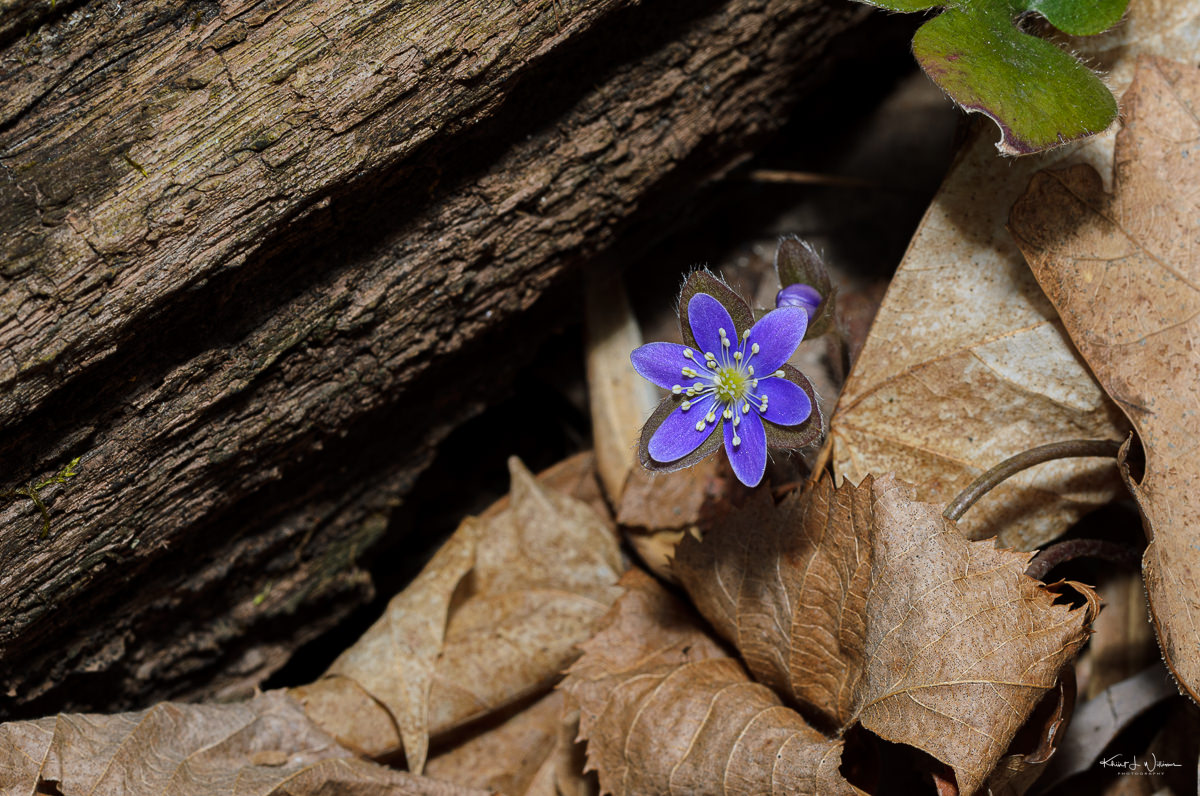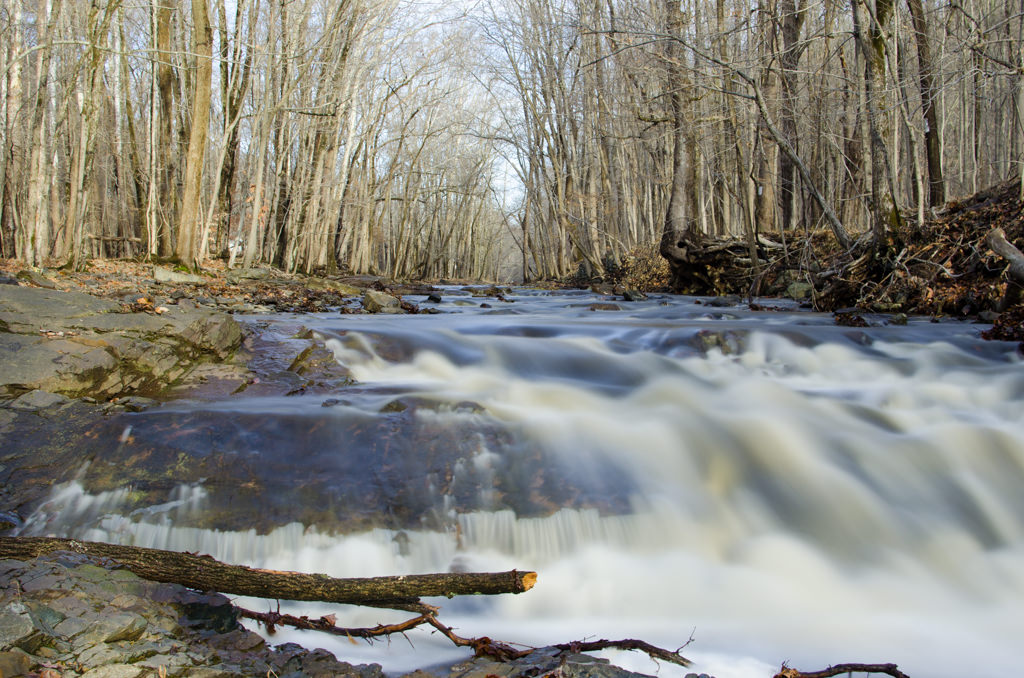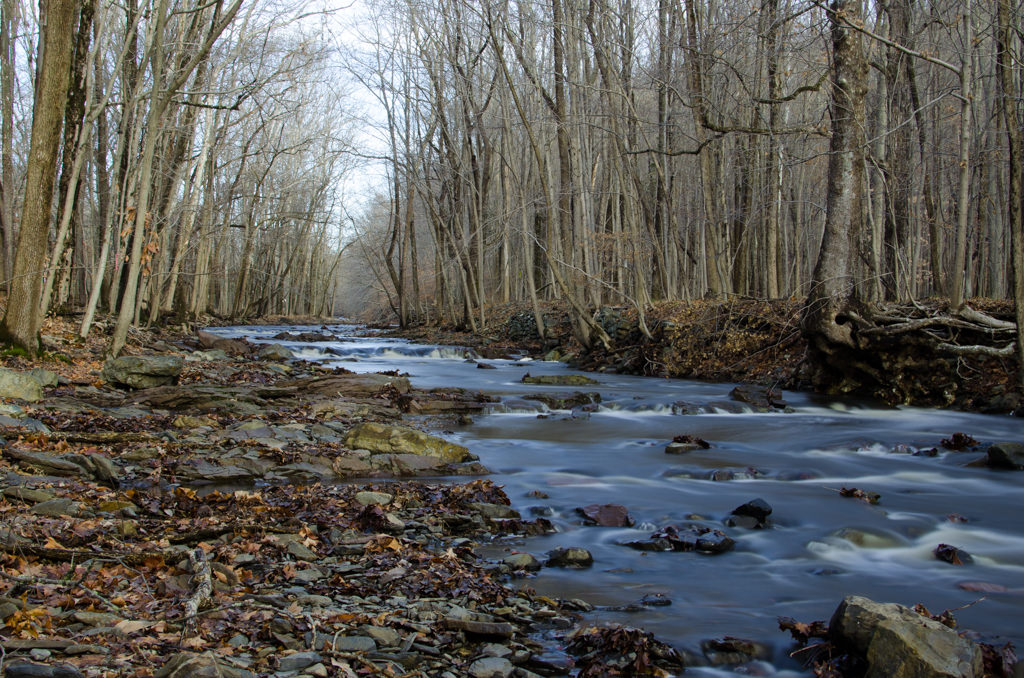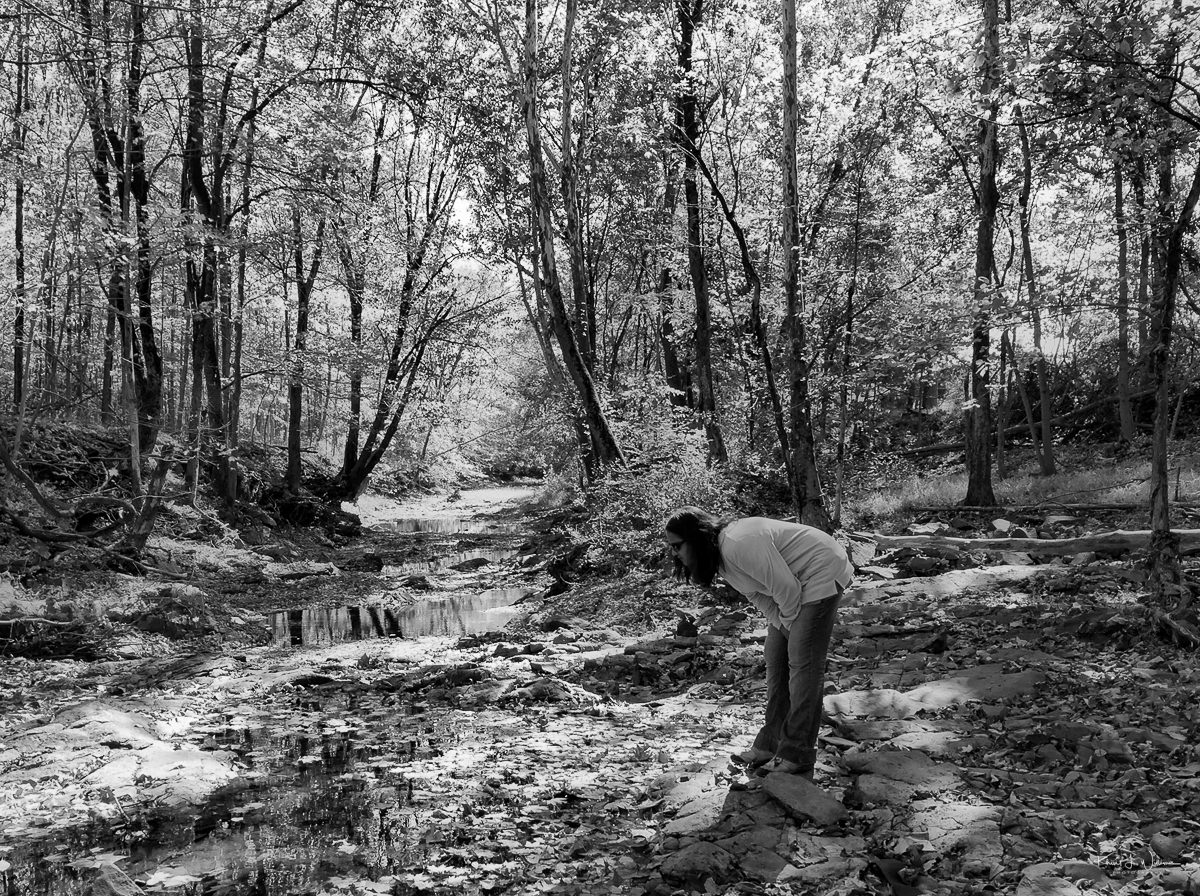Bhavana and I went for another hike this afternoon in the Somerset County Sourland Mountain Preserve. The hike, a Wildflower Walk, was organised by the Sourland Conservancy Stewards. The hike was led by Jared Rosenbaum of Wild Ridge Plants, LLC. Jared is a naturalist advisor to the Sourland Conservancy’s Sourland Stewards program. We had met Jared's wife Rachel Makow. Rachel led a wild edibles walk through the Rock Mil Preserve two years ago, and we were a part of that.
Kiran and Shaan were supposed to come with us, but Shaan forgot he had a birthday party and bailed. Kiran had the sniffles, which she thinks is from allergies, so she stayed home.
The air was crisp and refreshing, but we soon warmed up as we stumbled along the rock-laden pathways. We traversed the rocky landscape while Jared shared his knowledge of the season’s first wildflower blooms. I don't remember the names of all the flowers Jared showed us, but this one was my favourite. I kept calling the trout lily, a yellow wildflower, the striped salmon. The group laughed every time I got it wrong.
I spotted the round-lobed Hepatica (Hepatica Nobilis var. obtusa) while walking, looking down as I moved along. It was one of two poking out from beneath the dry leaf bed. The ornate and mottled leaves are visible year-round. The furry-stemmed flowers arise in the earliest spring; fur on the stems and new leaves protects against April cold fronts. Solitary bees pollinate the hepatica, and forest ants disperse the seeds.
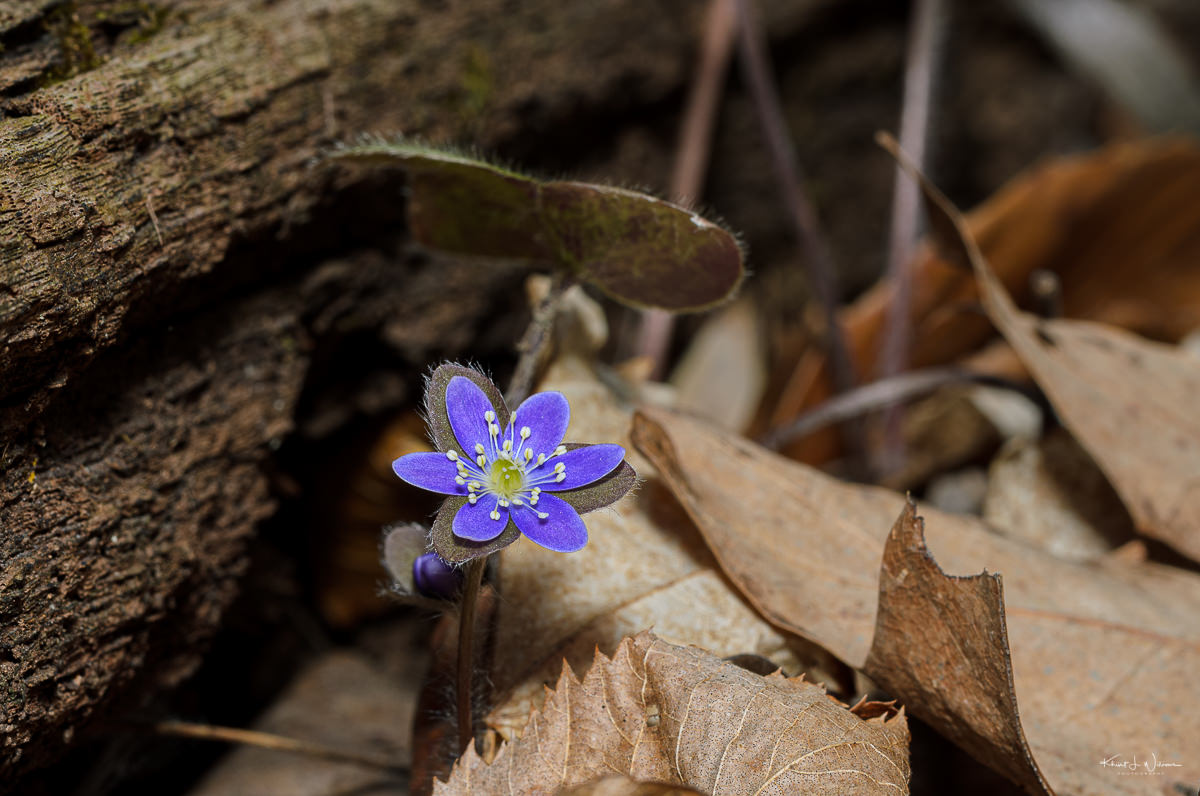
The variegated and mottled leaves are visible year-round. The furry-stemmed flowers arise in the earliest spring; fur on the stems and new leaves protects against April cold fronts. Solitary bees pollinate them, and forest ants disperse seeds.
I rented the same Tamron 90mm f/2.8 SP Di VC USD Macro that I used for the vernal pool walk. I lit the flower with my Nikon SB-600 and a Rogue Flashbender.
Do ants disperse them? I never knew that ants were involved in the life cycle of flowers! You can find the entire photo set on my Flickr.
